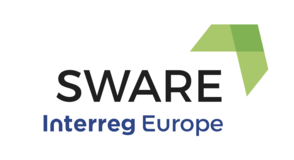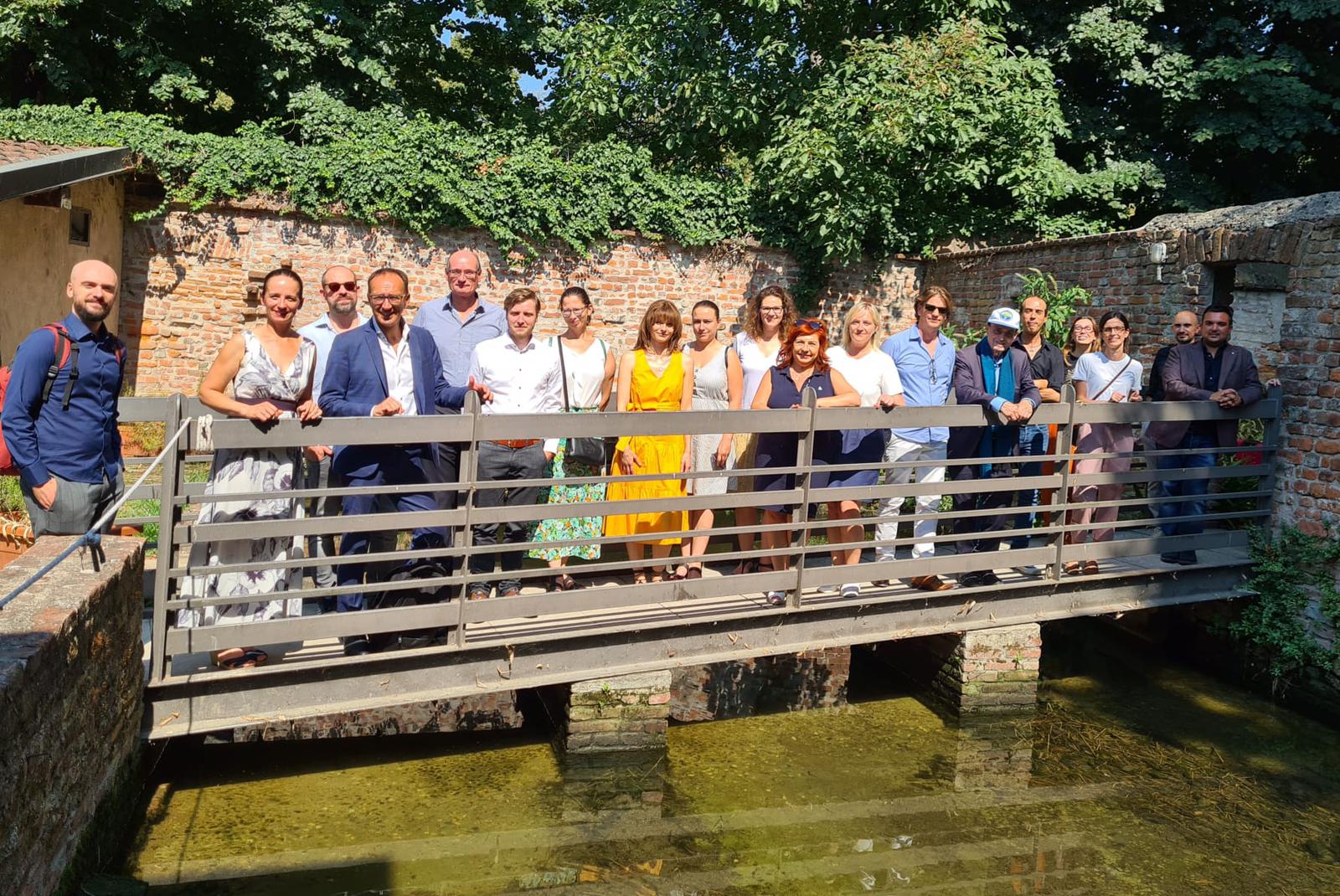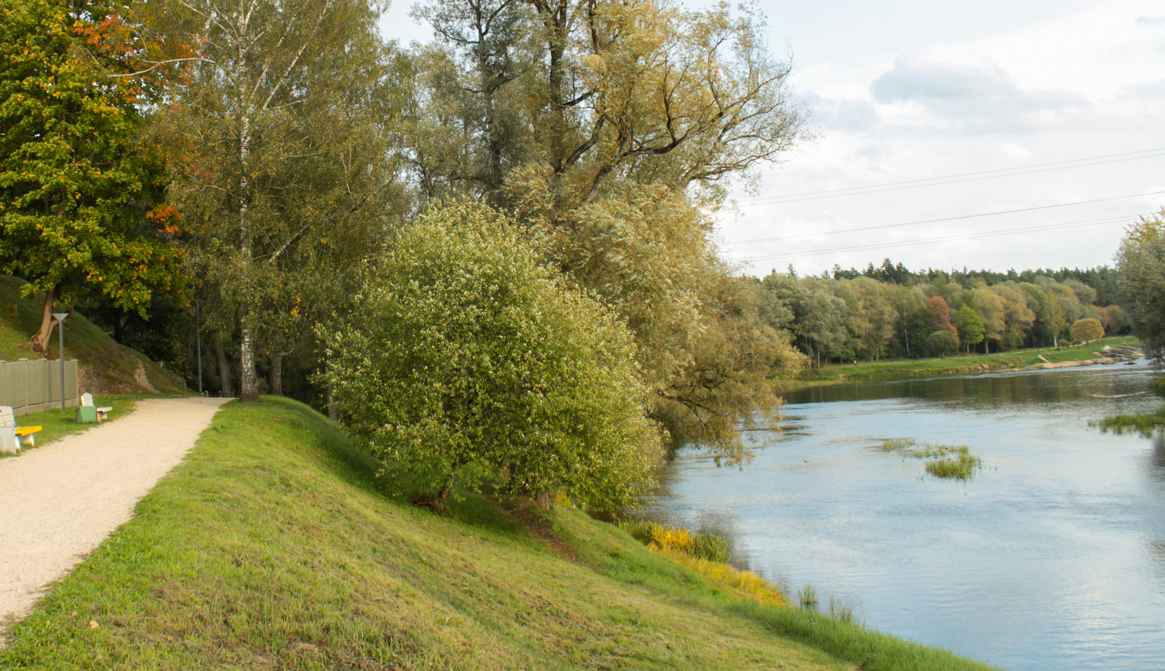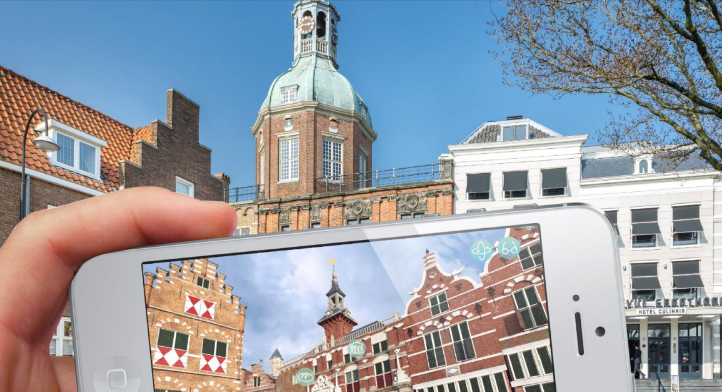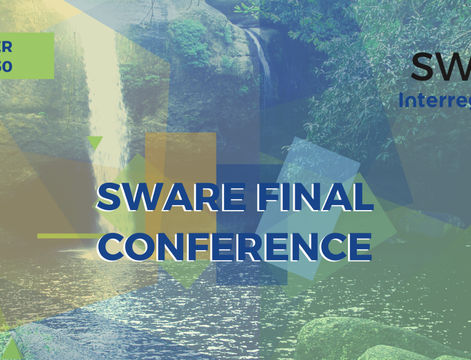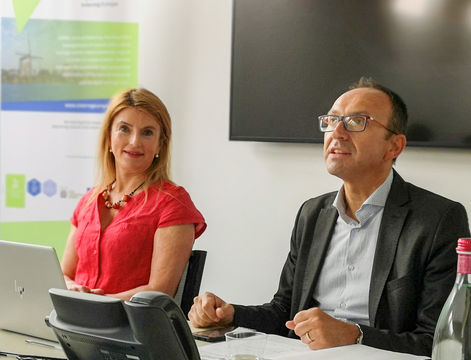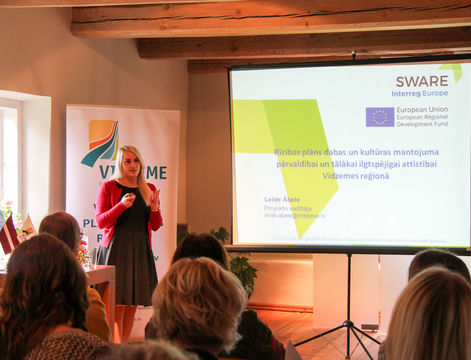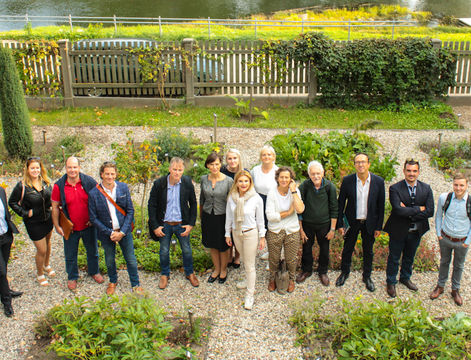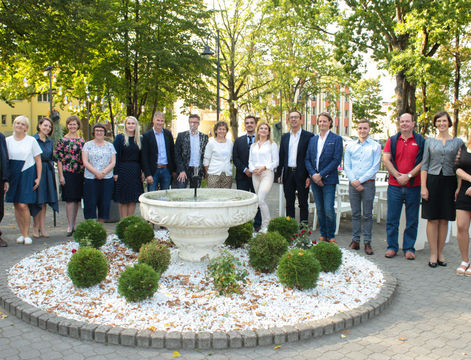One of the main conditions for good governance is the involvement and participation of the wider public. During the previous week (May 22-24) SWARE project partners and representatives of stakeholders and national managing authorities visited County Tipperary to learn about different initiatives and approaches of facilitating public participation.
During three day visit the participants received various presentations and joined discussions both within smaller groups and a plenary session. Representatives of different organisations from County Tipperary shared many interesting examples of public involvement in the decision-making process.
For example, Tipperary Public Participation Network with more than 1200 organisations not only nominates representatives for different work groups in municipalities, but also serves as an information hub about local issues and offers qualification courses, information about funding opportunities and other ways of enhancing capacity.
The participants also had the opportunity to hear, how Lough Derg – one of the largest lakes in Ireland – became a very successful tourism product, thanks to the fruitful and successful cooperation between three counties nearby the lake. Other presentations also showed, how the public participation positively affects spatial planning, supports biodiversity and helps information gathering and analysis. The programme of the event also included visits to sites, where effects of public participation are seen in practice, e.g., surroundings of Lough Derg and the Canoe Slalom Course of the River Suir. All presentations shared the idea that public participation can create additional value to the heritage objects. Involvement of different public groups also contributes to maintaining the balance between the protection and sustainable development of heritage objects.
Representatives from local and visiting organisations also shared important practical implications about public involvement. E.g., the ways of involvement differ widely – from public forums and questionnaires to individual talks. Of course, it is essential to take the propositions into account and implement them, where possible, not just to address the public opinion formally.
The lessons learned during this Knowledge Exchange Session, and the others to be held later this year, will help to develop Regional Action Plans – the most important outputs of the SWARE project – which will address the improvement of policy instruments related to natural and cultural heritage management along inland waterways. The themes of remaining sessions are infrastructure in the heritage objects and marketing/publicity activities.
The SWARE project is implemented with the support of the European Regional Development (ERDF) Fund and the INTERREG Europe Programme 2014-2020. This publication reflects the author’s views only and the INTERREG Europe programme authorities are not liable for any use that may be made of the information contained therein.
